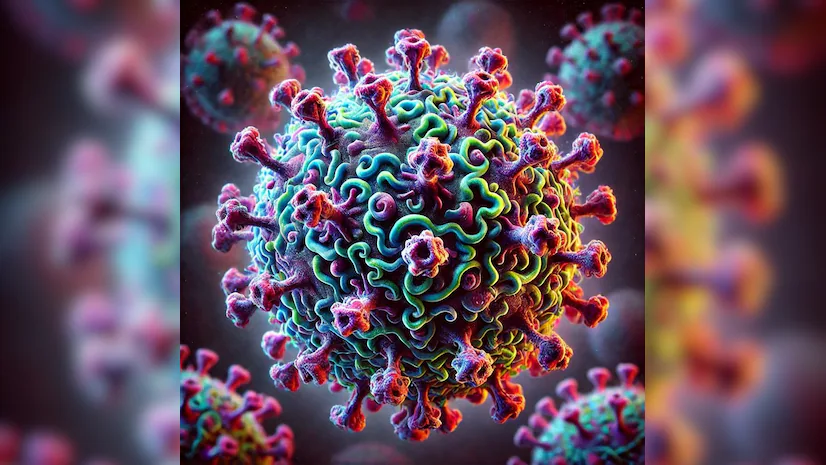

By, Dr Sangeeta V Budur, Consultant – Paediatrics & Paediatric Intensive care, Aster RV Hospital
HMPV virus is not a novel virus – It was first isolated in 2001 by Van den Hoogen and her colleagues in Netherlands in the nasopharyngeal secretions of children with respiratory tract infections. The virus was named human metapneumovirus because it was a metapneumovirus that used humans as a host. It is known to cause a range of illnesses from mild upper respiratory infections to severe pneumonia, bronchiolitis and Acute Respiratory Distress Syndrome. About 5 to 25% of the acute pediatric lower respiratory tract infections are associated with HMPV. The viral outbreaks peak in winter and spring season in northern hemisphere and June and July in southern hemisphere. Just like any other respiratory illness HMPV spread via respiratory droplets ie coughing, sneezing or contact with infected secretions.
Vulnerable population
No age group is immune to the virus, reinfection occurs throughout the life but subsequent infections are mild. Infants, children under 2 years, elderly, Immuno compromised persons or those with underlying chronic medical conditions are more vulnerable to the severe disease. The HMPV infection appears to be ubiquitous, as virtually all children are exposed by the age of 5 years.
Symptoms of HMPV virus
Most of the symptoms are mild flu like lasting 5- 7 days requiring outpatient visits. But in children under five, HMPV is responsible for 3-10% of hospital admissions. Among the hospitalized children high grade fever, respiratory distress, wheezing rare the predominant symptoms.
Respiratory illnesses caused by HMPV?
HMPV is mainly known to cause upper respiratory tract infection in most of the children but bronchiolitis, severe pneumonia, acute respiratory distress syndrome in few which require hospitalization, oxygen therapy including mechanical ventilation.
Diagnosis
Diagnosing HMPV based solely on symptoms is difficult, as it mimics other respiratory infections like Respiratory Syncytial Virus (RSV) and influenza. PCR testing on nasopharyngeal secretions for detecting HMPV RNA is the gold standard. In India, surveillance systems like ICMR and the Integrated disease surveillance Programme (IDSP) regularly test for respiratory viruses including HMPV.
Treatment
There is no specific antiviral drug available. Treatment is mainly symptomatic and supportive with antipyretics and antihistamines. Hospitalized children may need oxygen therapy, nebulization and rarely mechanical ventilation among the severely infected.
Preventive measures for HMPV?
As of now there is no targeted therapy/ vaccine available for HMPV.
Proper Hand hygiene- washing hands frequently with soap and water for at least 30 seconds. Cough etiquette such as covering the nose and mouth while sneezing and coughing, wearing a mask can limit the spread of the virus. Avoiding close contact with infected individuals, regularly disinfecting touched surfaces are additional measures.
How is it different from COVID -19?
Both viruses cause minor respiratory symptoms in most of the infected people, but COVID -19 has a broader spectrum of symptoms involving multiple body systems and a higher potential for systemic complications. Our data from Aster R V hospital over the last 3 years revealed- Out of 291 nasopharyngeal swabs collected from hospitalized children with acute respiratory infections 17 (5.8%) were due to HMPV. 35% of them required some form of oxygen therapy, more than 50% of them had confection with other respiratory viruses.





